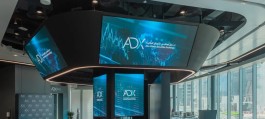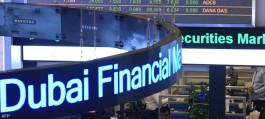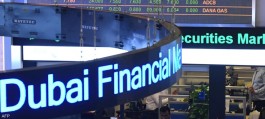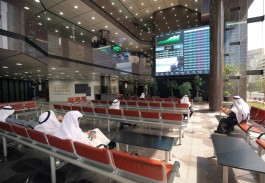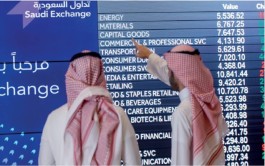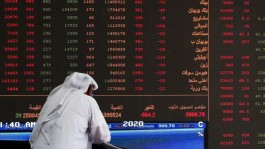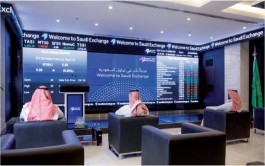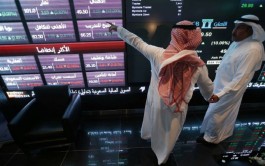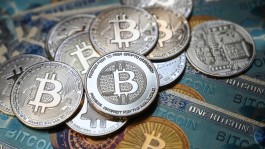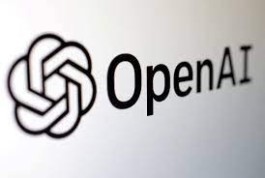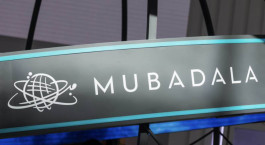A faction within the US Federal Reserve's policymakers has intensified its warnings about the possibility of a slowdown or halt in progress toward reducing US inflation, raising doubts about the chances of another interest rate cut in December and revealing a widening divide within the US central bank.
Officials generally agree that the labor market is deteriorating, but they are divided on whether this slowdown will worsen. While some are taking a measured approach to price pressures, others warn that current interest rates are barely curbing the economy and argue that further cuts would jeopardize progress in combating inflation in the United States.
The state of the American economy
This public debate is unusual, and it reflects the difficulty in reading the current state of the economy and the dilemma facing US Federal Reserve Chairman Jerome Powell, who is tasked with forging a consensus on the course of monetary policy.
William English, a professor at Yale Business School and a former director at the Federal Reserve, said: They are facing a difficult decision, and I think people want to be clear about their position, which is why they are expressing it and making their arguments. It is indeed a complicated situation for the committee and for Powell to try to build consensus.
After rallying support for an interest rate cut at the last two Federal Reserve meetings, Powell acknowledged that another cut was not guaranteed. The reasons behind his warning have become public in recent days, with some officials stating clearly that they will not support a rate cut at the meeting scheduled for December 9th and 10th.
This includes a number of regional Federal Reserve branch presidents, such as Kansas City branch president Jeff Schmid and Boston branch president Susan Collins, both of whom have voting rights on interest rate decisions this year.
The argument of extremists
Those skeptical of interest rate cuts base their arguments on two main points. First, they believe that the slowdown in job growth may reflect changes in immigration policy and technology, rather than a genuine decline in labor demand that would foreshadow a sharp rise in unemployment. Second, they point to inflation risks that extend beyond tariffs to include the continued strength of consumer demand. They also note that inflation in the United States has remained above target for several years, undermining the credibility of the Federal Reserve.
Schmid said yesterday: “I don’t think further interest rate cuts will do much to close any gaps in the labor market, pressures that are likely arising from structural changes in technology and immigration policy. However, the cuts could have a longer-lasting impact on US inflation, with growing questions about our commitment to the 2% target.”
In her remarks last week, Collins said that the interest rate cut last October was a prudent step to support employment, but she warned that providing further monetary policy support for economic activity carries risks that could slow—or perhaps even derail—the return of U.S. inflation to its target level.
Inflation target in the United States
Josh Hurt, chief U.S. economist at Vanguard Asset Management, said that concerns about households and businesses questioning the Federal Reserve's resolve to reach 2% are legitimate. He added: You never know when it's going to happen, but it's one of those things that doesn't seem to matter until it does.
A wave of statements last week from inflation hawks in the United States prompted investors to lower their expectations for an interest rate cut in December. According to futures contracts for federal funds rates, the probability has fallen to around 50%, down from nearly 100% before the October meeting.
But this does not mean that proponents of monetary easing have given up. Their voices have become less prominent, but they likely still constitute a majority among members of the Monetary Policy Committee.
These include Stephen Mirren, recently appointed to the Federal Reserve by US President Donald Trump. He argues that interest rates are far too high for their restrictive effect on the economy, known as the breakeven rate. He has called for a series of rapid and significant rate cuts to avoid potential damage to the labor market.
Merrin is largely unorthodox in his views, but others, such as conservatives Christopher Waller and Michelle Bowman, remain more concerned about the labor market than inflation in the United States, and therefore supported interest rate cuts. Despite Powell's warning to investors after the last policy meeting, he generally appeared comfortable with the trajectory of inflation in the United States.
Is division the new normal?
The result is that Powell may face further objections from policymakers as his term as chairman of the US central bank draws to a close next May.
Powell acknowledged that there were sharply divergent views among officials regarding the interest rate decision next December, but he described the objections in general as an encouraging part of the debate process.
English, a former director at the US Federal Reserve, said: They are in a difficult situation. This makes Powell's job more complicated. Even a very good and rational policy in such a situation could lead to bad results because the situation itself is so complex.
Krishna Guha of Evercore ISI had a more pessimistic view. In a recent note to clients, he said the current policy debate feels like a simulation of what will happen in 2026, with officials taking hard lines against any automatic interest rate cuts under a Trump-appointed presidency, insisting that data proves the need, leading to sharp divisions in voting.


